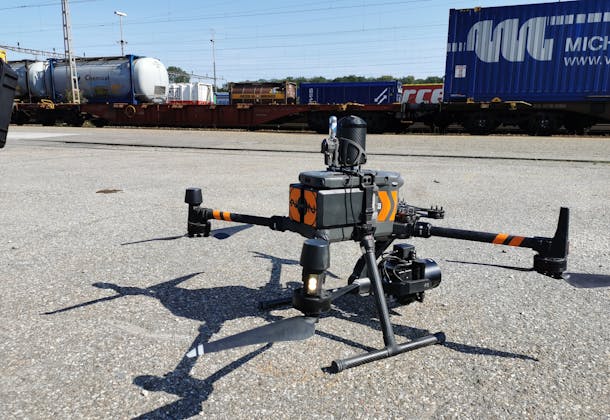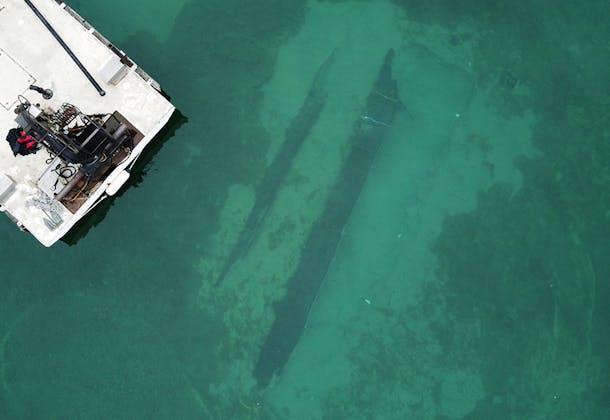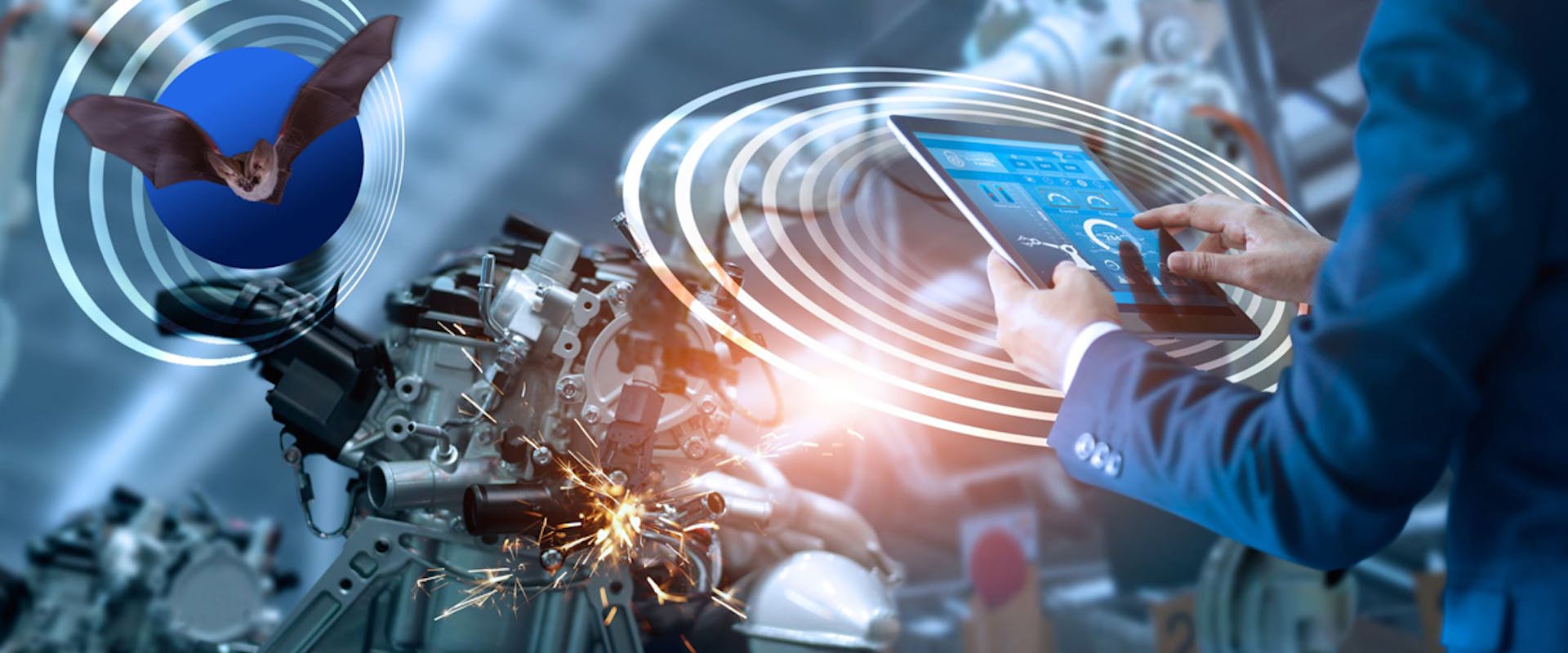Press release
Related Press

29 August 2024
A high-tech 'neophyte radar': Using drones and AI to detect invasive plants
Invasive alien plants are a threat to our environment. A research initiative is now tackling the problem: The Neophyte Radar will detect the invaders from the air and enable effective containing....

8 June 2022
CSEM launches the fifth edition of its Digital Journey
CSEM launches the fifth edition of its "CSEM Digital Journey" competition, which has been explicitly developed for Swiss SMEs....

5 October 2020
A new Roman shipwreck discovered in Switzerland
CSEM engineers have used new lidar technology to analyze the ruins of a Roman shipwreck in Lake Neuchâtel. Their method generates 3D images in just a few seconds, enabling archeologists to visually an...
